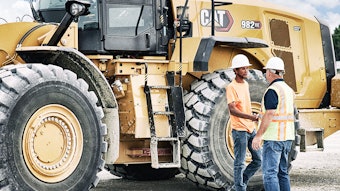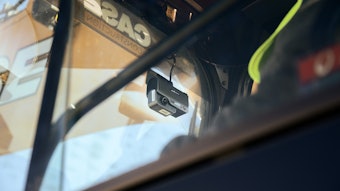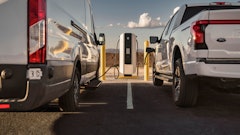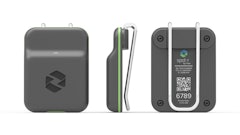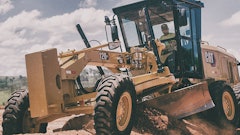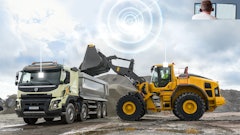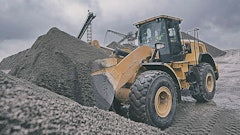
This blog was updated on 6/6/2023.
Looking to raise your profit margins? (Who isn’t?) Every piece of equipment you add to your fleet brings with it the opportunity to generate revenue. But the owning cost plus operating expenses over time also have the potential to eat into your profits. What if you could take on more revenue-generating work without adding to your fleet? It is possible. Start with these four ideas:
1. Rent Equipment Instead
Sometimes the best way to raise productivity, increase utilization, reduce risk or keep projects on schedule doesn’t involve an equipment purchase. Whether you’re short a machine or need an extra attachment to finish a job, rental lets you right-size capacity fast, without tying up capital. It helps fleet managers allocate equipment assets efficiently and save on maintenance and storage costs. And it’s a great way to “try before you buy,” so you don’t end up making a big investment in a product or technology that doesn’t work for your operation.
2. Move Toward Multi-Taskers
You wear a lot of hats on the job. Why not choose equipment that does the same? Excavators, skid steer loaders, compact track loaders and backhoes are more popular than ever today because they’re multi-function machines, capable of switching from task to task as fast as you can switch out attachments. With a quick coupler and a selection of work tools — buckets, grapples, hammers, thumbs, cold planers, augers, you name it — an excavator or skid steer can take on just about any job. When you’re selecting equipment, put its ability to multi-task on the top of your priority list.
3. Add Revenue-Generating Attachments
Speaking of attachments, don’t overlook their potential to help you generate revenue in a cost-effective way. Take a look at your typical jobs: Are there times when certain machines sit idle? Could they be working if you had the right attachment? How many working hours would it take to recoup the cost? Are there other jobs you could bid if you had an attachment? Maybe you could configure a machine to meet new demands in your area — or take on seasonal opportunities like snow removal when equipment might otherwise be sitting idle.
4. Listen to Your Data
Your equipment might be telling you it needs more work. Check the effective utilization data for each machine to compare how many hours it works on revenue-generating tasks versus how many hours it’s available to work. (You can run this kind of report easily using equipment management tools.) Generally speaking, if overall fleet utilization is less than 80% or certain machines are below 50%, you could do the same amount of work with less equipment — reducing your total cost structure and improving your overall competitiveness.
As your business grows, needs change, and features and technologies evolve, there are times you’ll need to buy equipment. But it’s not the only way to add revenue. Sometimes, it pays to take a closer look at other options and opportunities that cost less and deliver more to your bottom line.
This blog was updated on 6/6/2023.





